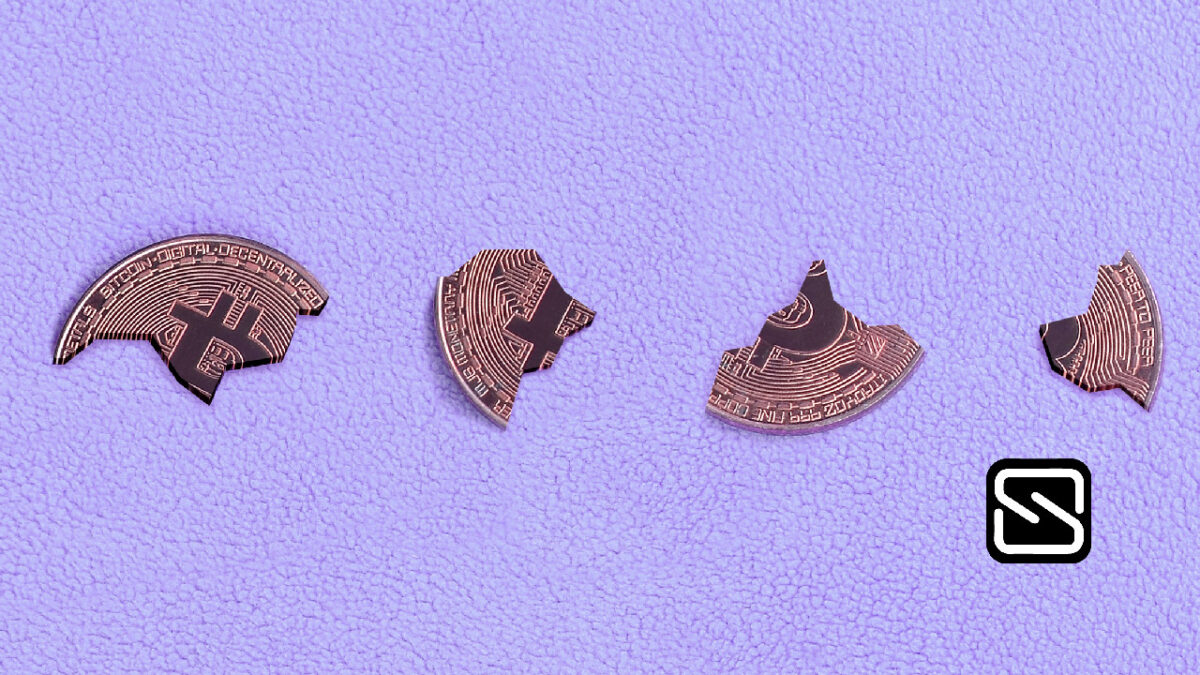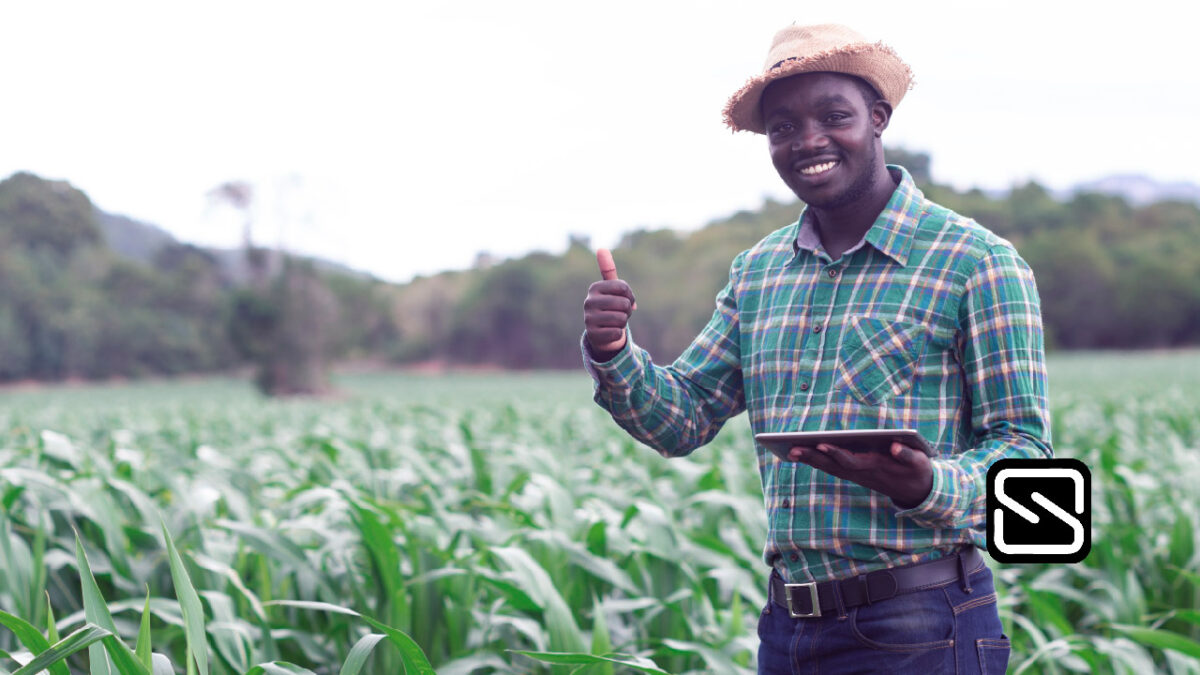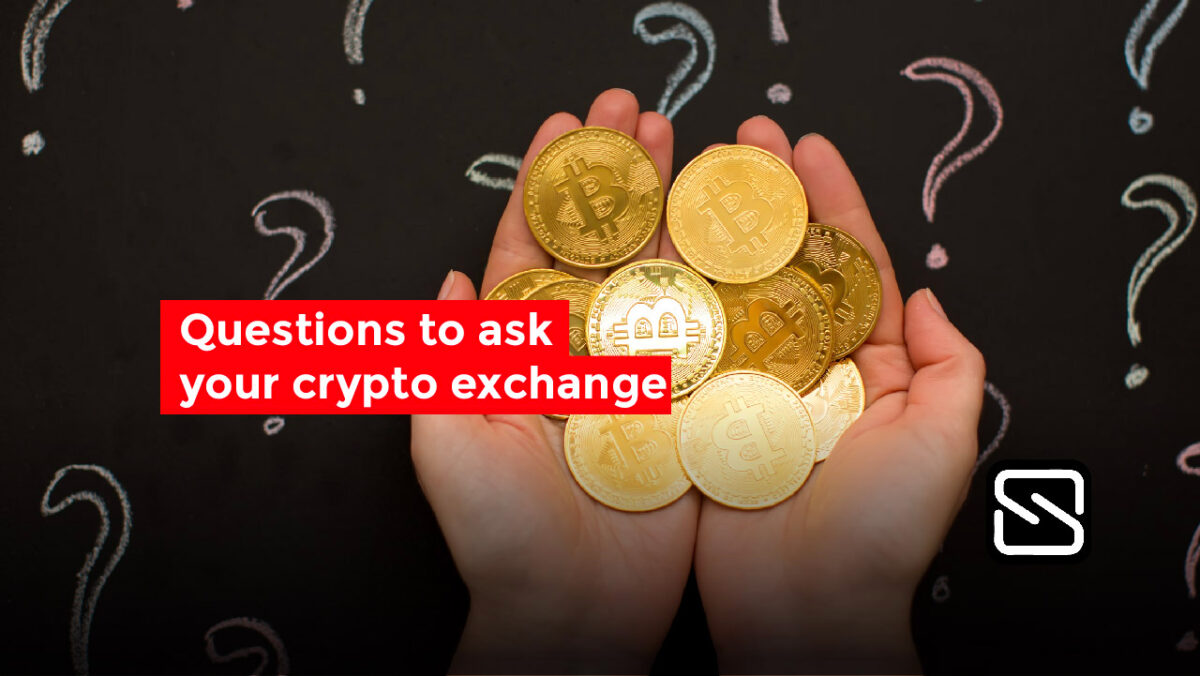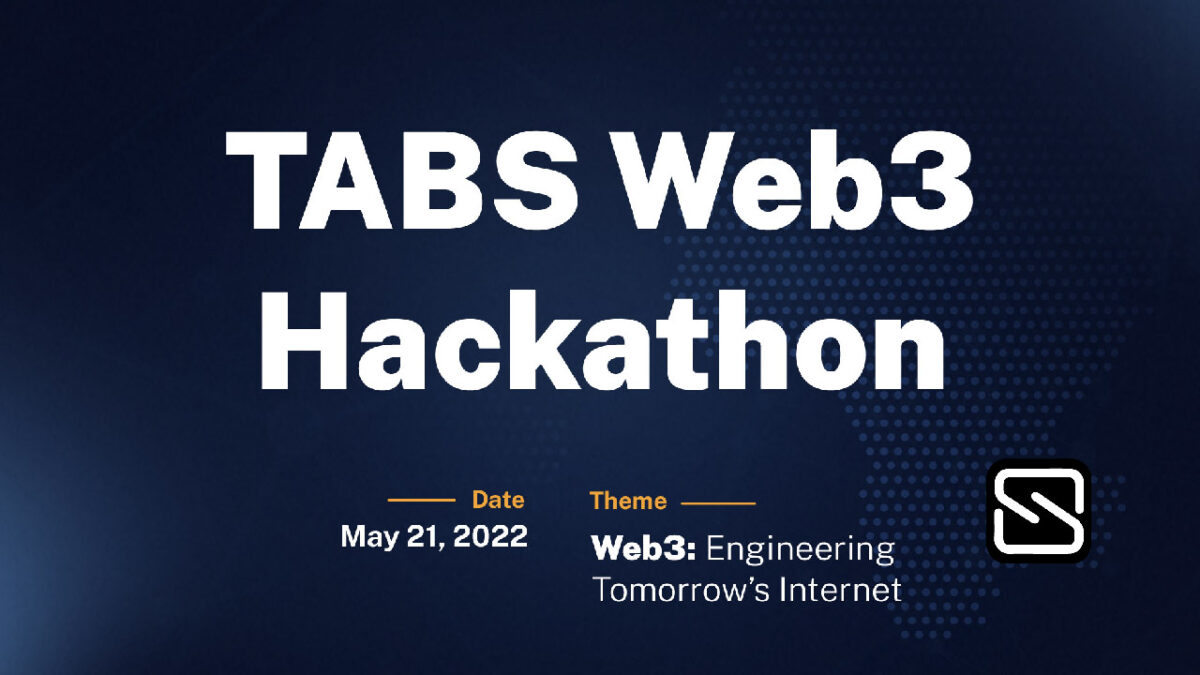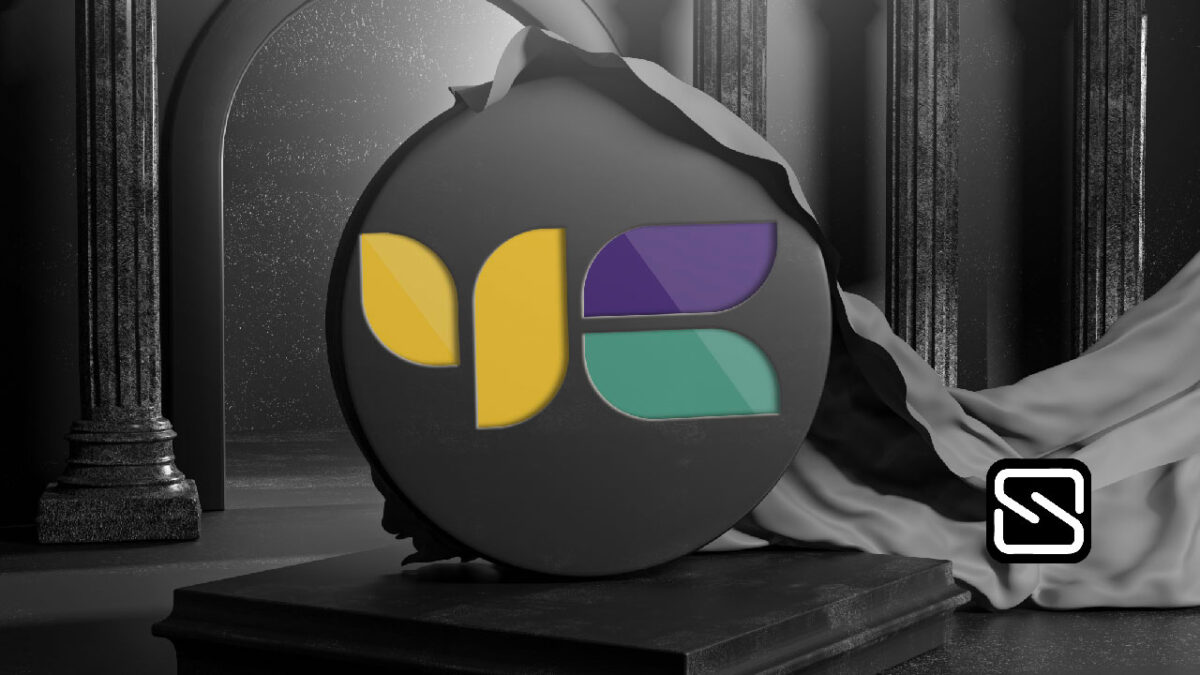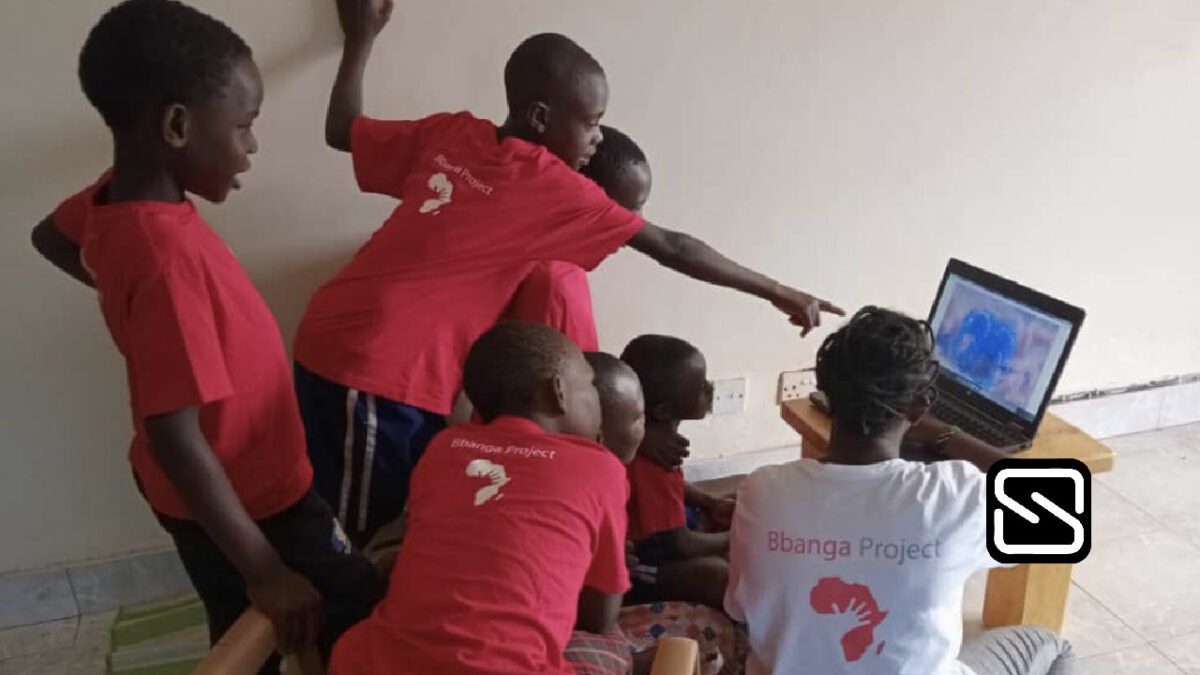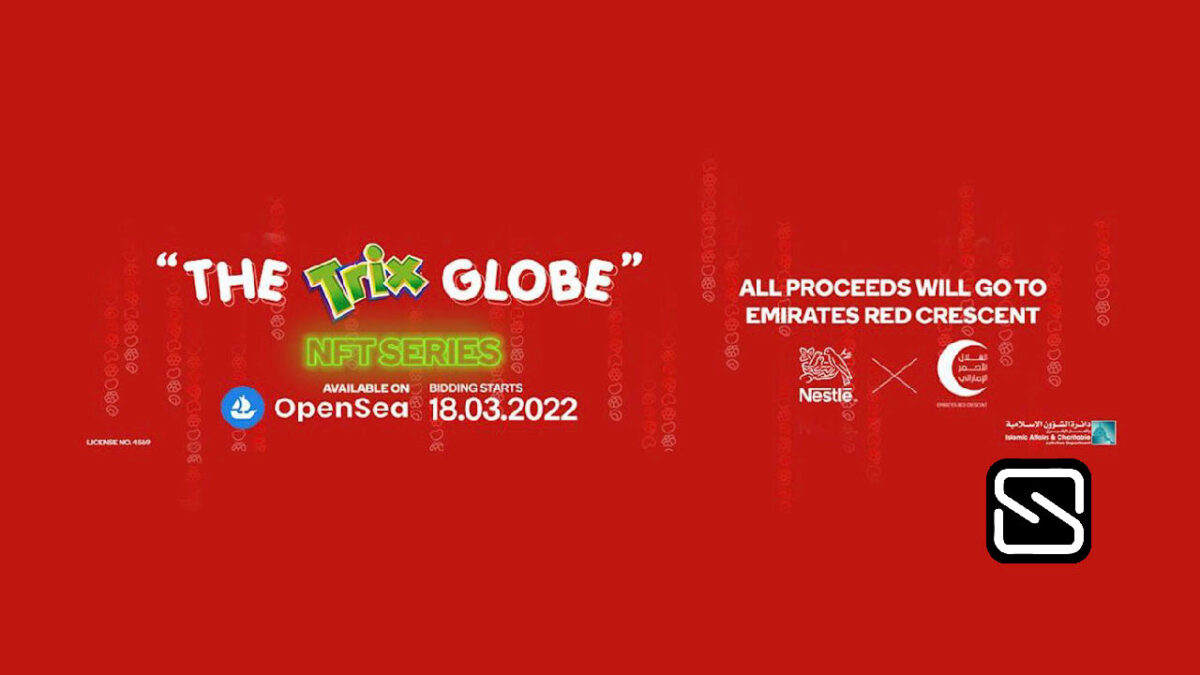The cryptocurrency markets are full of speculation but the fall that top cryptos such as Bitcoin and Ethereum that have been experiencing this 2022, especially in recent weeks, has generated fear among investors betting on digital tokens. With the first quarter of the year done, Bitcoin has seen a drop amounting to a 13.92% loss in value, while Ethereum has lost 18.44% so far.
Since peaking at just above $48,000 in late March, Bitcoin and other tokens have been dragged lower by concerns about tighter monetary policy as regulators around the world are catching up with the technology. Environmental concerns around the sustainability of Bitcoin’s mining processes do not help its case as concerns about the coin of the future causing serious harm to the environment are ever-present.
Ethereum on the other hand is transitioning its technology to a less energy-intensive version that insiders colloquially refer to as “Ethereum 2.0.” While Ethereum’s upgrades could make it more appealing and sustainable for widespread use, until that happens, experts are waiting to see how investors and companies building their tech on Ethereum’s platform respond to the changes.
This negative effect has had consequences for other cryptocurrencies, such as the case of BNB, XRP, Solana, Cardano, Luna, and Avalanche, but the market drop does not seem to have reached its lowest point yet and this raises concerns in a market with over 10,000 cryptocurrencies as their valuations “follow the leaders”.
To what level could cryptocurrencies fall?
In a note published on March 30th, JP Morgan gave an analysis of the current crypto outlook. JP Morgan analyst, Nikolaos Panigirtzoglou highlighted that crypto prices have limited upside ahead due to the recent decline in the share of stablecoins relative to the total crypto market falls. Stablecoins are designed to combat the volatility of conventional cryptocurrencies by fixing their value to that of a fiat (traditional) currency like the US dollar or a physical asset like gold.
The share of stablecoins in the total crypto market is not very high and has come down to below 7% from 10%, the bank analyst said. The current share of stablecoins is the share it used to have in 2020. This swift decline means that the percentage and number of volatile coins on the market are increasing, leaving the market more unstable and could severely limit any further upside for crypto markets.
Seated on top of the coin pile as the most valuable cryptocurrency in the market, Bitcoin’s gains or losses are reflected in the rest of the digital tokens, which right now could be the worst possible news. Bitcoin’s tendency to move in sync with assets such as U.S. tech stocks makes the drop less of a surprise after a tough week for American markets.
Crypto-investment experts do not rule out a drop from the average $40,000 level to the $30,000 level, a scenario that is alarming for all stakeholders in the subject.
“The signal for a break of the mild upward trend would be a consolidation below the $38,000 per bitcoin levels. If the bulls capitulate, the first cryptocurrency could be pushed into the $32,000 to $35,000 range without much resistance,” Alex Kuptsikevich, FxPro senior market analyst, told Forbes.
What to do if the price of cryptocurrencies continues to fall.
Although there is no ideal formula to follow in case the cryptocurrency decline continues, there are some things you can do, such as diversify your investment portfolio with some experts suggesting that cryptocurrencies should not make up more than 10% of your portfolio.
Investing in more established cryptocurrencies while monitoring recent trends can limit the risk of waking up to a volatile coin or one that is non-existent.
As with any investment, due diligence is key on top of using an established and recognized crypto exchange with low fees and simple trades can also lighten the burden on the pocket and the mind.
